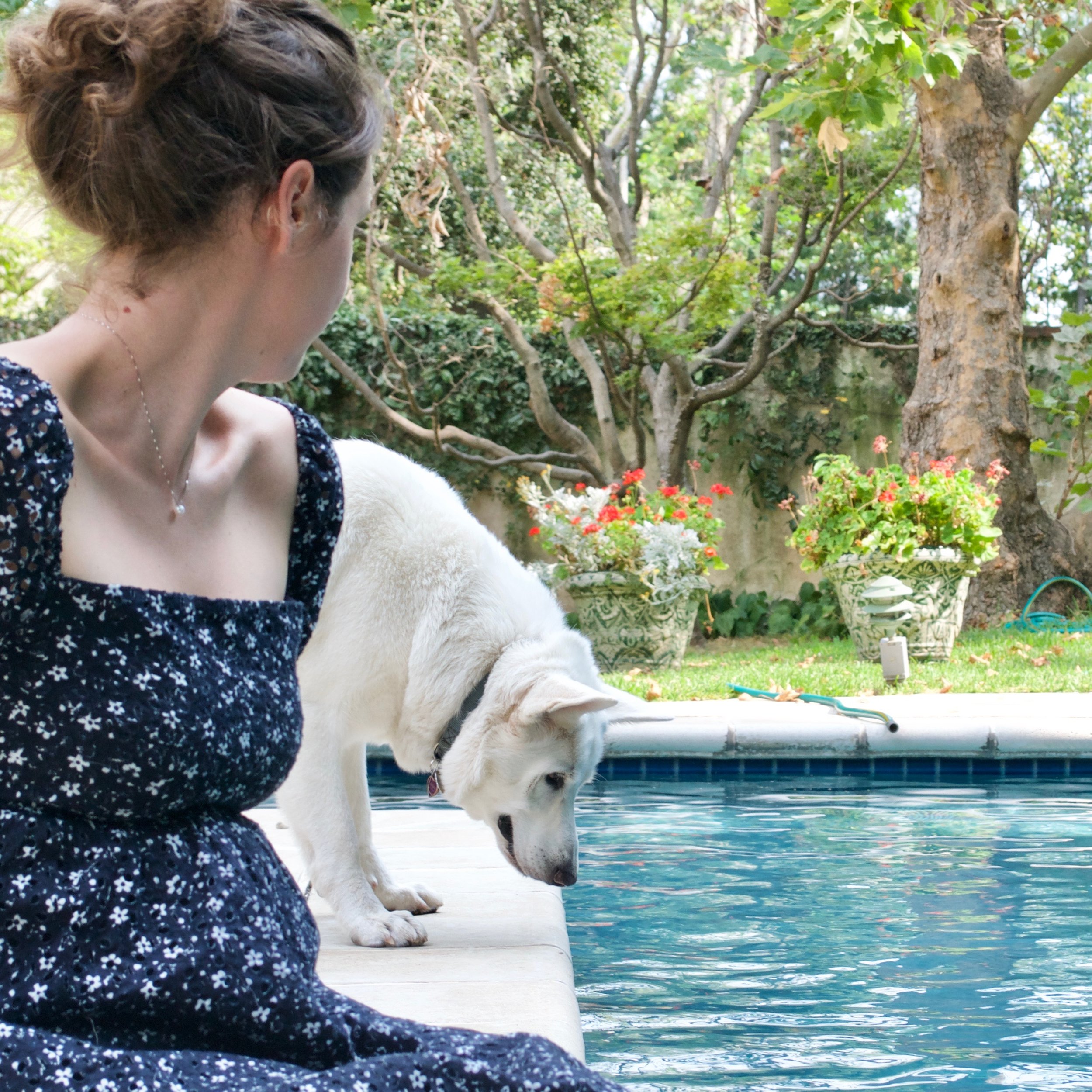Blog
How lying on the floor can calm our nervous system (and why I love doing it)
I’ve discovered a new, useful life technique, and I wanted to share it with you:
It’s called “lying on the floor.”
Haha, good joke, Katie, you might be thinking.
Except I’m serious. Lying on the floor has been extremely useful for me recently. Here are some times that I’ve done it:
After I walk in the house, after driving home from anywhere — the public library, the grocery store, going to a social event.
This was particularly pronounced in the pre-COVID era, when I, well… went more places. But even now: I’ve noticed that if I pay attention, I often have sensations and buzzing in my chest and belly in those moments — even if I’m coming from a place I liked, and even if I’m about to do something that I like at home!
After I finish up with a life coaching client, and am about to move on to the rest of my day.
That same feeling I described above — sensation and buzzing in my chest and belly — comes up here, too. Even if I had an awesome, fun, satisfying session with a client (which most of them are!) Even if I’m about to go do something else that I want to do!
After I finish up one piece of work, and before I move on to something else.
Can you guess how it feels in my body? Yep, there’s sensation and buzzing in my chest and belly.
After I finish up one personal activity on a weekend, and before I move on to the next one.
(I think you get the picture here.)
Lying on the floor grounds me — literally, of course, but it also grounds my nervous system — leaving me feeling calmer and clearer. My breathing slows down, my thinking gets less reactive and more intentional, and I tend to get up from the floor and make better choices — about my work, about my technology use, my eating… everything.
You might notice that nearly all the moments I listed are about transition moments. I’m transitioning from one thing to another (“being out” to “being home”, “seeing a client” to “the rest of my day,” etc.).
I’ve been writing for a while now about how transitions can bring up surprising feelings (here for transitions and technology, here for transitions and eating). I say “surprising” because, even after gathering a lot of data about my personal experiences and those of my clients, I’m still often surprised by the feelings or sensations that can come up! All that happened was that I walked in the door of my house! Why do I have such body sensations now?
…
And, if you’re new to me and my writing, you might be a little concerned when I write about having “feelings or sensations” in my body. You might be worrying: Is something wrong, Katie?
To be honest, typically nothing serious is wrong. If I’m paying attention, I’ll get some sensations in my body— or some slight agitation — many times a day. Sometimes it’s related to something in my life that has meaning or needs to be addressed. For example: I feel subtly anxious about my conversation with a certain person! Or I’m slightly nervous about getting that project done!
But often it just has to do with being a person who has a body — the sensations might just be telling me, for example, that I’m just a little bit tired after driving home — and it’s good to take 60 seconds to rest and focus on my breathing before moving on to the next thing.
Of course, there are some times when I’ll lie on the floor that aren’t transitions. When I’ve been writing for a while and am frustrated or tired, for example. You might find that this technique is useful as a break in the middle of a project.
…
And, to be clear, I’m typically only on the floor for somewhere between 90 seconds and a couple of minutes. It’s short!
Of course, maybe you’re not interested in being on the floor. Or maybe you’re at work and it would be extremely inappropriate! The purpose of this amazing life hack is to give some space and “cushion” into your life, but other locations would perform the same purpose:
You could sit in a chair and gaze out the window or even at a wall — this might be a more socially appropriate action to take at work or in public.
If you work in an office, even a "chair" in a quiet bathroom stall or abandoned conference room would work!
If you’re home, you could lie on a couch or a bed, instead of the floor.
More important than the exact method is the acknowledgment of what’s actually happening. It can be inconvenient to notice that, for example, we have some agitating body sensations coming up. But if we don’t acknowledge them, we may— often unconsciously — push them down using technology, eating, or something else.
The problem with using technology or eating in those moments, though, is that we may end up using them in ways that don’t serve us — wasting too much time checking our email or social media, for example, or eating more food than we need.
So why not explore lying on the floor? If you’re a “beginner” at this method, it can be nice to set a timer for 1-2 minutes to give you a bit of structure.
Why not make “…and then I lie on the floor” the default thing you do in transitions or as a “break”? Instead of, say, picking up your phone.
You’ve got this.
Katie
Did you like this essay? Sign up for my newsletter to get helpful + encouraging essays like this every Sunday morning. It’s free! :)
How increasing your somatic awareness can improve your life (it did for me!)
In my early twenties, in the middle of a quarter-life crisis, my brother suggested I work with a coach.
I guess it could be useful, I thought to myself. Maybe she’ll help me figure out what I should do for my next job.
Oh, I was in for a treat.
I learned many, many things from working with my coach (and that experience is one of the reasons I’m now a coach myself), but one of the most powerful was the power of somatic — or body-based — awareness. Up till then, I’d been a pretty smart, intellectual person, making most decisions using some kind of detailed pro-con list.
Somatic awareness totally changed my decision-making process — and is a huge part of how I now work with clients myself.
I wanted to share more about what somatic awareness is, why it’s so incredibly useful, and how you can cultivate it, so I made you a video.
Whether you’ve heard of “somatic awareness" before, or it sounds kind of hippy-dippy and weird, I think you’ll enjoy the video.
As always, you’ve got this.
Katie
If this essay resonated with you, you'll love my newsletter. Sign up for free + get new ideas every Sunday!


